Facts about Cassia alata(Bush Candle)
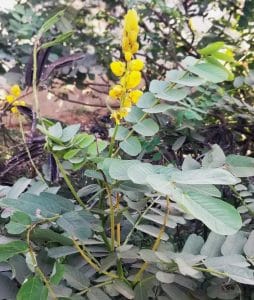
Cassia alata
is a plant originating from Argentina. Commonly referred to as Candle brush, Candlestick, Senna alata and others.
In Indonesia C. alata is called as “ketepeng china”. In other parts of South Asia, C. alata has become a herbal plant to treat various diseases in many countries including France.
C. alata root can be used to treat rheumatism and laxative.
Seeds and leaves have high potency as fungicides and medicine for eczema in India. C. alata can be used to reduce stomach pain during pregnancy, headaches and paralysis. C. alata extracts are used in the practice of traditional herbal medicine to cure skin diseases in some countries.
In Thailand, C. alata leaves are used to treat constipation. This can be done with fresh leaves pounded with water, garlic, red chalk and balm and then applied to skin infected with ringworm. Besides, the boiled shoots and leaves of C. alata can be used to clean the wound and act as an anti-inflammatory agent.
In Indonesia (especially in South Sulawesi), leaves C. alata have been used traditionally to get rid of fungus on the skin which can cause hives and others by grinding or rubbing directly on the affected skin.
Several studies have reported the biological activity of C. alata. The crude extract of C. alata leaf has very strong antioxidant activity with IC50 value of 2.27 μg/mL [8]. n-hexane leaf extract of C. alata showed strong anti-inflammatory potential by significantly reducing rat knee swelling (CFA).
C. alata leaf extract was reported that possessed good antifungal activity against Trichophyton verrucosum and Epidermophyton floccosum as well as other microbes.
Secondary metabolite compounds in Cassia alata include alkaloids, saponins, steroids, flavonoids and terpenoids.
Health Benefit
Some of these benefits are:
- It can help treat skin infections, such as ringworm, impetigo, and liver spots, due to its antifungal and antibacterial properties.
- It can act as a laxative and aid digestion, by stimulating bowel movements and cleansing the liver.
- It can help regulate blood sugar levels and lower blood pressure, which may benefit people with diabetes and hypertension.
- It can help prevent and fight cancer, by inhibiting the growth of tumour cells and inducing apoptosis.
- It can improve dental hygiene, by reducing plaque formation and preventing tooth decay.
- Anti-fungal and anti-microbial: Cassia alata can treat ringworm and other skin infections by applying a paste of the leaves on the affected area.
- Anti-inflammatory and antioxidant: Cassia alata can reduce inflammation and scavenge free radicals, which may help with various diseases.
- Laxative and purgative: Cassia alata can stimulate bowel movement and cleanse the digestive system by taking a decoction of the leaves.
- Cough and worm remedy: Cassia alata can relieve cough and expel intestinal parasites by drinking tea of the leaves.
Chemical properties of Cassia alata
Cassia alata is a plant that has been used as a traditional medicine for various diseases, especially skin diseases. Some of the chemical properties of cassia alata are:
- Flavonoids: Cassia alata contains flavones, flavonols, and flavonoid glycosides, which are phenolic compounds that have antioxidant, anti-inflammatory, anti-allergic, and anticancer activities.
- Alatinon and alanonal: These are two novel compounds isolated from cassia alata leaves, which have antifungal and chemopreventive effects.
- β-sitosterol-β-D-glucoside: This is a steroidal compound found in cassia alata, which has anti-diabetic and anti-hyperlipidemic properties.
- Antibacterial activity: Cassia alata extracts have shown antibacterial activity against various pathogens, such as Staphylococcus aureus, Escherichia coli, Pseudomonas aeruginosa, and Bacillus subtilis.
Furthermore, C. alata leaves gave a significant effect in healing burns and have been reported against clinical isolates of Gram-positive and Gram-negative bacteria viz., Vibrio cholerae, B. subtilis, S. aureus, Stretococcus sp. and E. coli as well as against a few fungi which are mostly dermatophytes causing skin infection in human beings like A. niger, A. flavus. A. candidus, P. patulum, C. albicans and R. stolonifer, T. mentagrophytes, T. tubrum, M. gypseum and M. canis
How to use Cassia alata
Cassia alata is a plant that has many health benefits, especially for skin diseases. There are different ways to use cassia alata, depending on the purpose and the part of the plant. Here are some common methods:
- For skin infections, such as ringworm, impetigo, and liver spots, you can apply a poultice of the fresh leaves on the affected area. To make a poultice, pound the leaves in a mortar and pestle with some water to get a thick paste, and then spread it on a clean cloth. Place the cloth on the skin and secure it with a bandage. Change the poultice twice a day until the infection heals.
- For constipation, diabetes, fever, and cough, you can drink tea made from the leaves, seeds, or roots of cassia alata. To make the tea, boil one cup of water and add one teaspoon of dried or fresh plant parts. Let it steep for 10 to 15 minutes, then strain and drink. You can drink the tea three times a day, but make a fresh batch every day as the tea loses its potency after 24 hours.
- For uterine disorders, such as menstrual cramps and irregularities, you can drink a decoction made from the roots of cassia alata. To make the decoction, boil one litre of water and add 50 grams of chopped roots. Simmer for 30 minutes, then strain and drink. You can drink one cup of decoction three times a day for three days before and after your period.
These are some of the ways to use cassia alata for health purposes. However, you should be careful about the dosage and possible side effects, such as allergic reactions, nausea, vomiting, and diarrhoea. You should also consult your doctor before using cassia alata, especially if you are pregnant, breastfeeding, or taking any medication.
The side effect of Cassia alata
- Allergic reactions: Some people may be allergic to cassia alata and experience symptoms such as itching, rash, swelling, or difficulty breathing. If you have a history of allergies, you should do a patch test before using cassia alata on your skin or consult your doctor before taking it internally.
- Nausea, vomiting, and diarrhoea: Cassia alata may cause gastrointestinal disturbances, especially if taken in large doses or for a long time. It may also interfere with the absorption of nutrients and medications.
- Abortion: Cassia alata has been used traditionally to induce abortion in pregnant women, and this practice has been proven to be true. Therefore, pregnant women should avoid using cassia alata, as it may cause miscarriage or birth defects.
- Drug interactions: Cassia alata may interact with some drugs, such as antidiabetic drugs, carbamazepine, and anticoagulants. It may increase or decrease the effects and side effects of these drugs, so you should consult your doctor before using cassia alata if you are taking any medication
Learn more
1: 8 Top Medicinal Uses & Benefits Of Cassia Alata (Akapulko | Seemai …
2: King of the Forest Herb (Cassia Alata): Benefits & Uses
3: How to use cassia alata for hepatitis B 4: Medicinal Uses Of Cassia Alata (Acapulco) | Dr Farrah MD

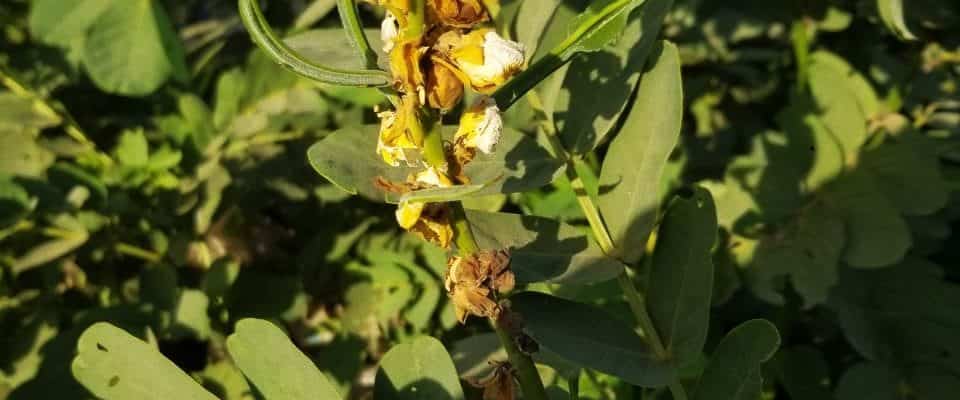
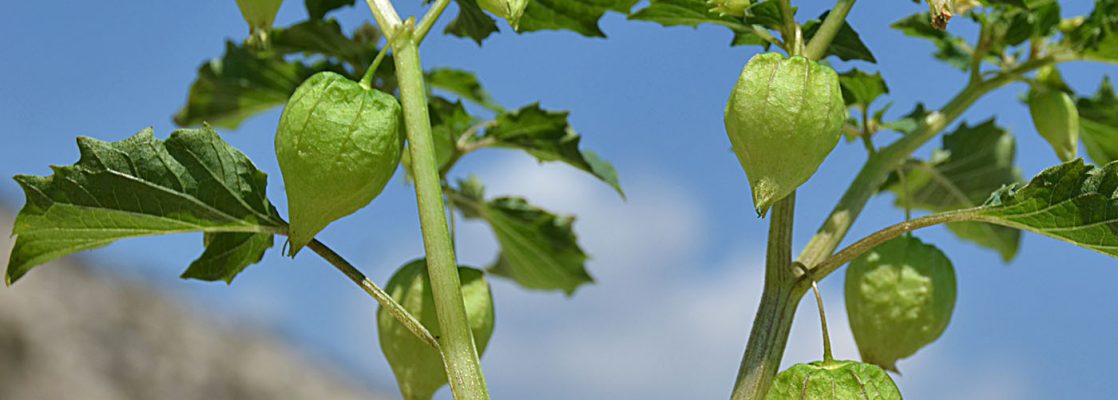

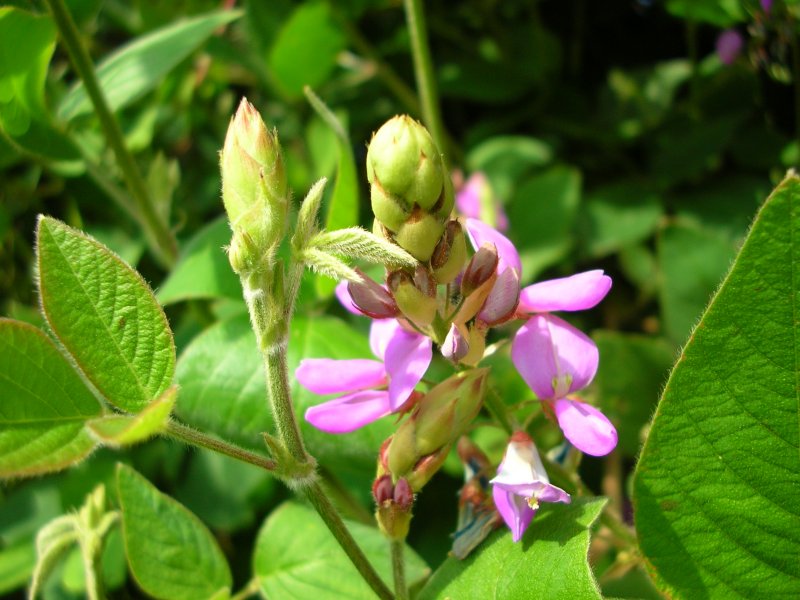
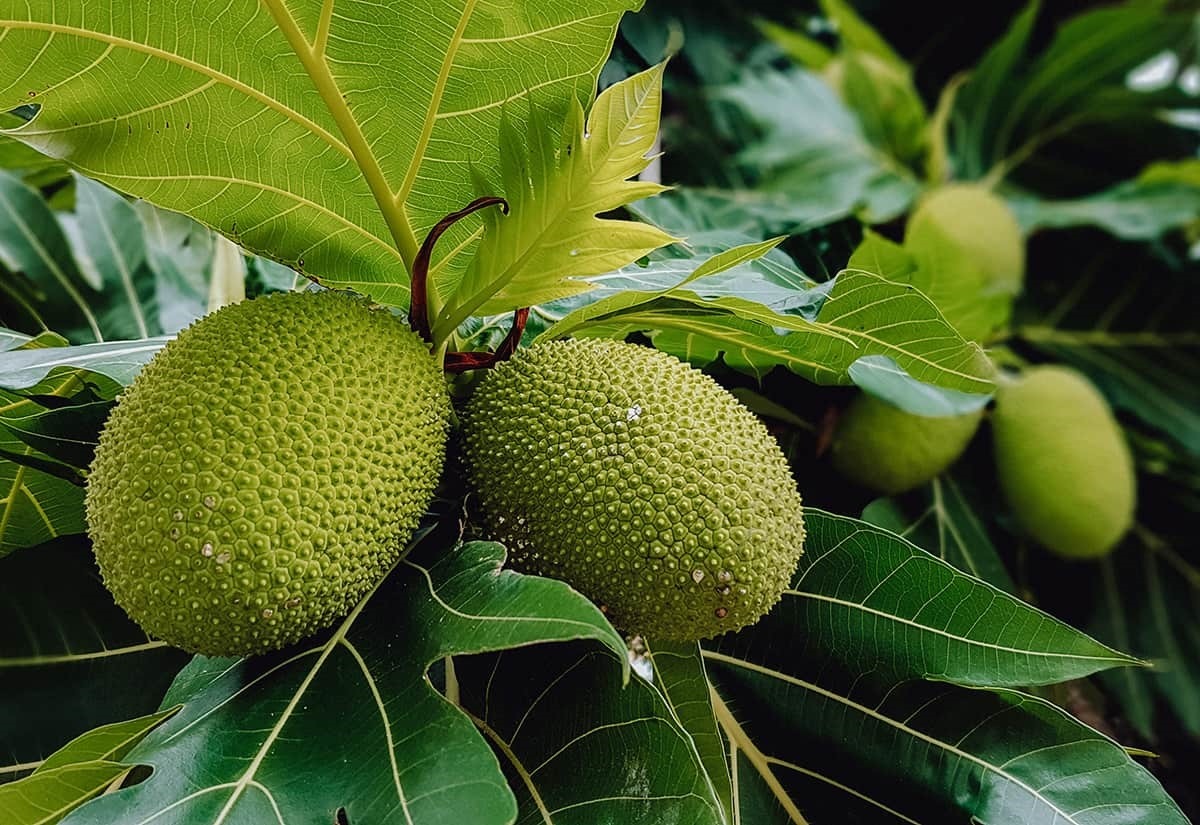
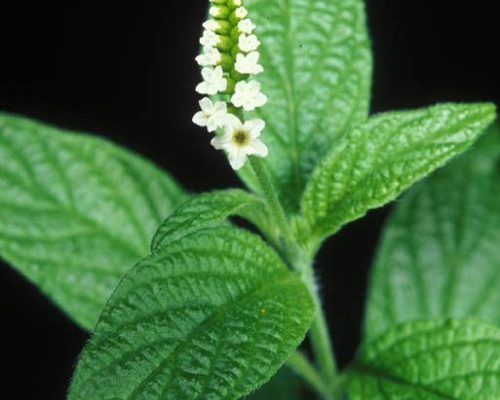
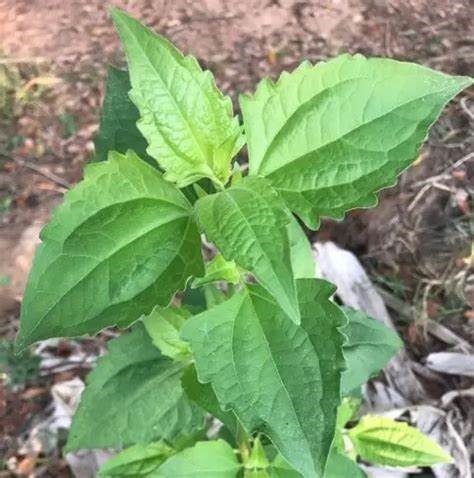

Review Cassia alata (Bush Candle).
You must be logged in to post a review.